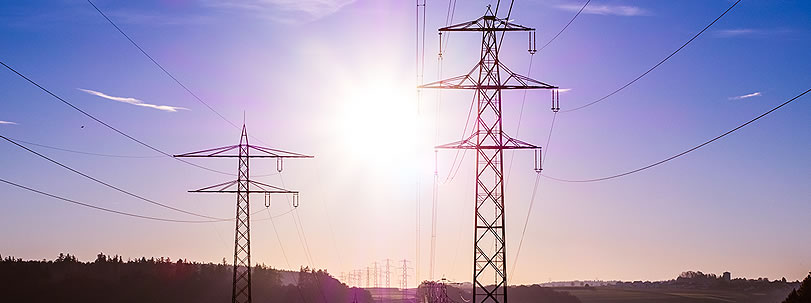How grid defection may disrupt the utility monopoly in the Kenyan energy sector

In November 2020, the Energy and Petroleum Regulatory Authority (EPRA) approved an increase in electricity tariffs for consumers.
It is no secret that high costs of power coupled with occasional reliability issues have forced some of the large industrial consumers, who account for approximately 54.8 percent of Kenya Power’s sales revenues, back to the drawing board in a bid to find a sustainable, affordable and reliable solution for their energy needs.
Another perhaps less talked about reason for grid defection in the country, is climate change and other environmental concerns. As these take centre stage, responsible companies are taking steps to reduce their carbon footprint through incorporating green initiatives in their production, servicing and manufacturing methods. This being the case, a good number of Kenyan industries are looking keenly at their carbon footprint, with others being bound by carbon reduction commitments made by their parent companies headquartered in other jurisdictions.
It is no wonder then, that we are starting to witness a significant shift by industrial customers from grid connected power to renewable energy solutions – the main one being solar power.
There have been many examples of this in the recent years, with the pace picking up over the last three years. By way of example, Unilever Tea Kenya in conjunction with CrossBoundary Energy commissioned a 619 kWp solar plant in 2019 at Unilever’s Kericho tea factory. This was achieved through a corporate power purchase agreement, which is a long-term agreement under which a business undertakes to purchase electricity directly from the generator of power instead of going through the utility, which would then in turn purchase the power from the energy generator. The corporate PPA route cuts out the middle man by allowing the consumer to pay monthly, discounted electricity bills while remaining protected from the technical and operational risks of operating a project for the long-term.
Another approach for companies seeking decentralized access to energy has been to invest in their own power generation and this appears to be the case with Total Kenya which recently announced that it had solarized 107 service stations through installation of 3,390 solar panels with the ability to power lights, pumps, fridges, air conditioning and coffee machines, thereby reducing reliance on the grid.
While it may look like grid defection is a preserve for industries, this is not the case as a gradual grid defection is also taking place on a household and commercial level, though on a much lower scale. Many housing developments and office buildings are adopting a hybrid approach by remaining connected to the grid while at the same time using solar PV energy for their heating and lighting needs. Arguably, with the progressive improvement and accessibility of energy storage options, this shift may become a significant hurdle for the utility as more consumers become far more independent from the grid. For now however, full grid defection without the corresponding energy storage solutions – which are still expensive and relatively inaccessible, remains a distant prospect for household consumers.
Interestingly, this creates a conundrum for the energy utility and regulator. Defection from the grid by the highest revenue group, that is the industrial sector, invariably means that electricity tariffs for the remaining customer base would go up. As the tariff grows higher, this creates more incentive for customers to seek off-grid solutions, thereby creating a self-reinforcing cycle.
It has been suggested that the way to arrest the situation would be for there to be more stringent and dissuasive regulations for the solar PV sector to keep further defection at bay. Case in point is the draft Energy (Solar Photovoltaic Systems) Regulations 2020 which arguably, will make it harder and more expensive to manufacture, import, install or maintain solar systems by virtue of the stringent qualifications that will be required of technicians, licensing requirements, penalties, among others. Some experts however argue that this will only delay the inevitable as the undeniable reality is that the revenue lost from Kenyan industrial consumers from grid defection is not likely to be recovered. It is therefore incumbent upon the utility to adapt ways of mitigating the disruption to its revenues and we have seen some steps being taken in this respect, including recent media reports to the effect that Kenya Power is developing a solar solution for its customers.
These happenings are coming at a time when Kenya’s national power grid is growing steadily, with new power generation facilities soon to come online but against a backdrop of slackened demand due to COVID-19. Despite the challenges, the projections for growth in demand for the power sector in Kenya remain promising. Urban growth, industrial production, residential amenities and mobility will play a key role in boosting demand should the government’s Vision 2030 remain on track.
It is crucial, though, that the government prioritizes investments in expanding and modernising the transmission networks in order to reach more parts of the country and beyond. The government should also ensure that a conducive regulatory environment exists for financiers and developers in the sector. Most importantly, electricity tariffs have to make economic sense for businesses and households in Kenya and this will require a pragmatic energy plan for the coming decade.
The article was featured in the Business Daily on 23 February and can be accessed here.


